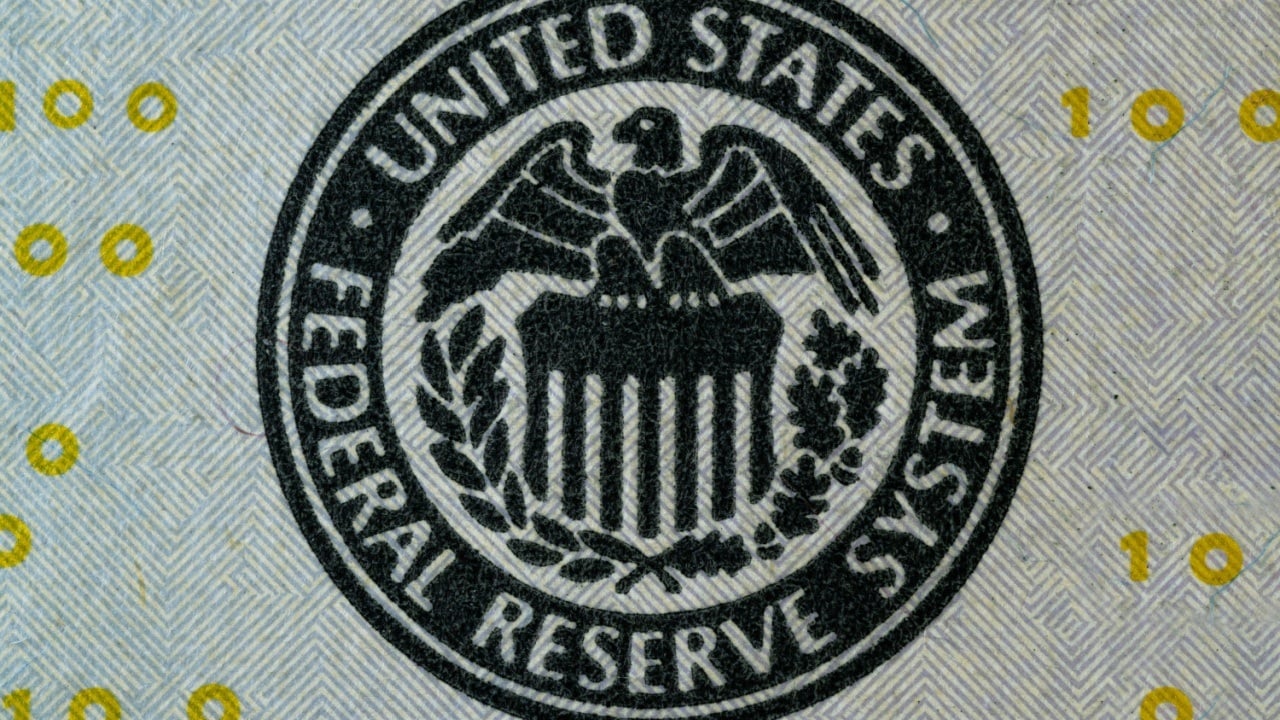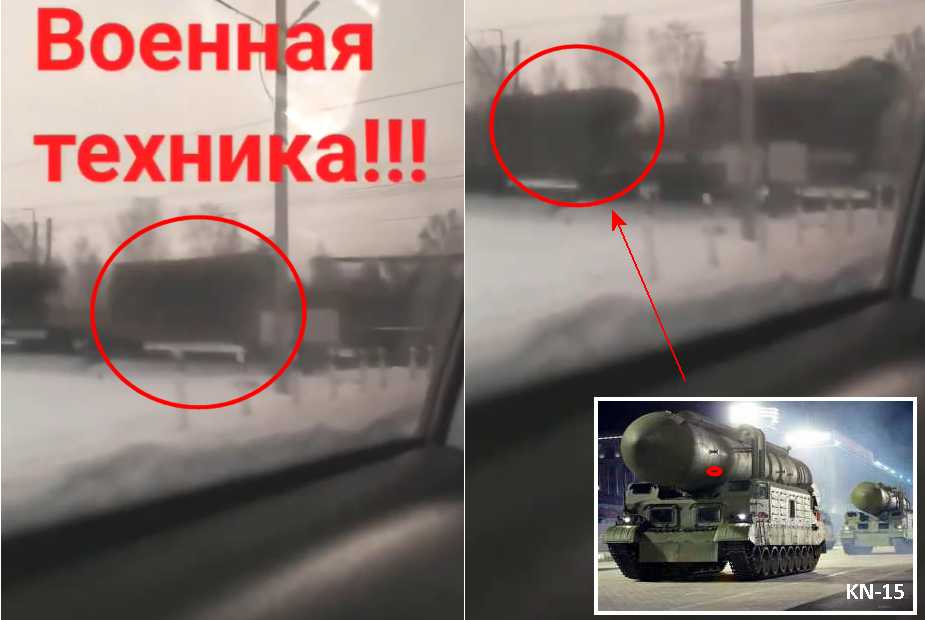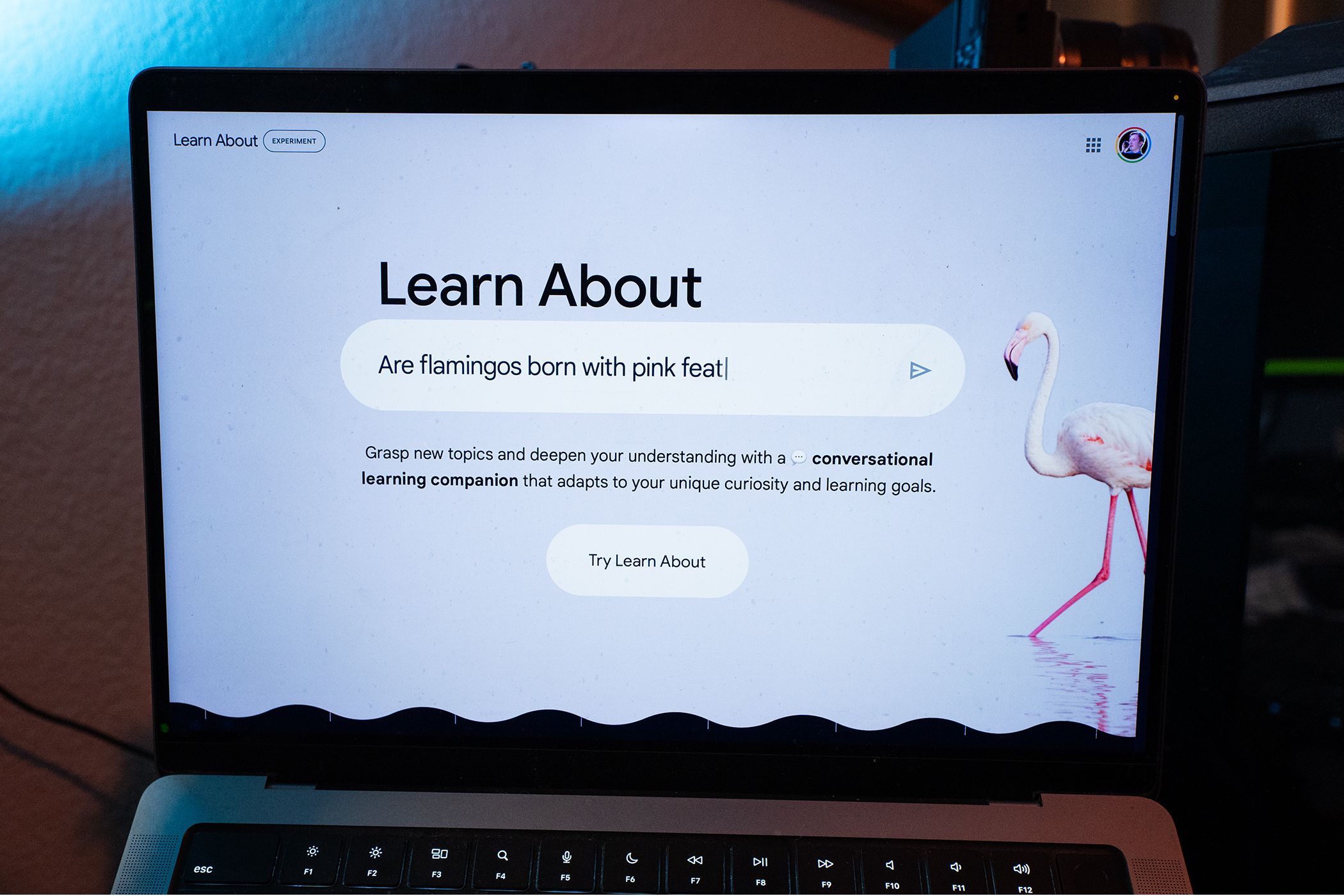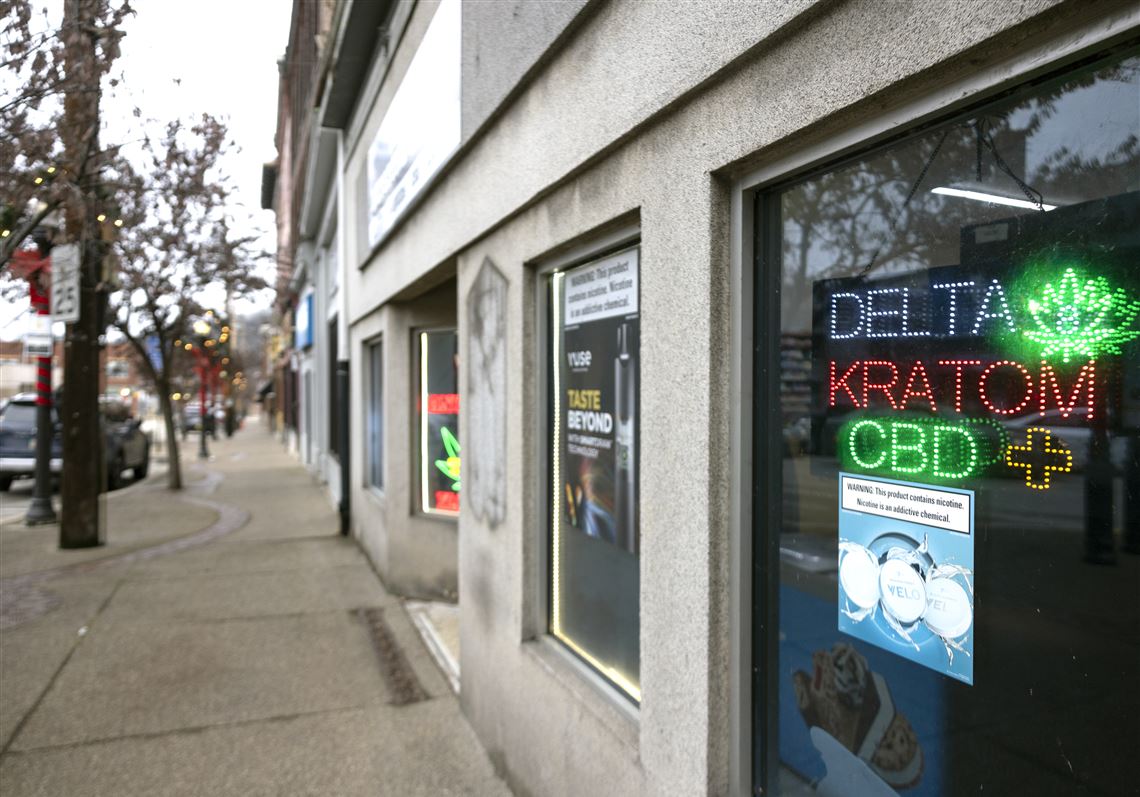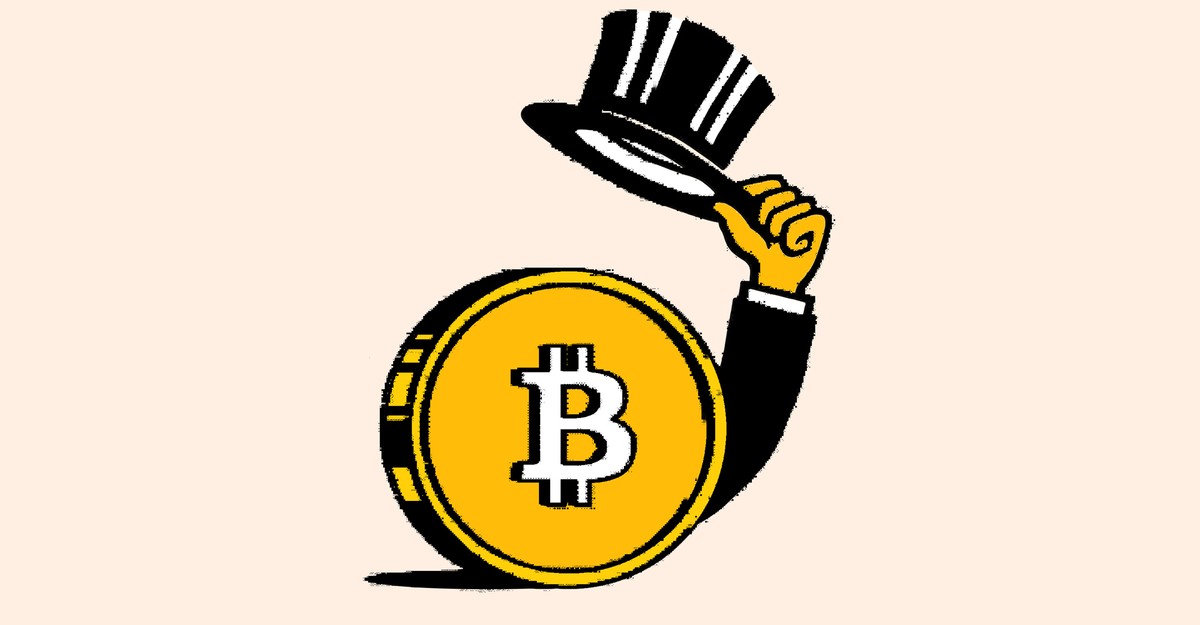
As a result, bitcoin loses its outsider vibe to gain institutional blessing.
Until now, the phrase crypto winter meant that cryptocurrency traders were facing hard times: a period of tumbling and depressed prices that had to be weathered until the good times returned. Today, though, the cryptocurrency industry is enjoying an end-of-year season more akin to “brat summer”: This month, crypto prices hit previously unheard-of highs, with bitcoin trading above $100,000. In this new Era of Good Feelings—to borrow a phrase from early-19th-century American history—skeptics have become believers, and a digital-economic instrument that was designed to circumvent, if not replace, the traditional financial system is becoming more and more integrated into it.
The catalyst for this boom, of course, was last month’s election of Donald Trump. Bitcoin’s price fell this week, but it’s still up almost 40 percent since November 5, and other major cryptocurrencies, such as ethereum and ripple, have seen similar spikes. It’s not hard to see why. Trump nominated Cantor Fitzgerald CEO and crypto enthusiast Howard Lutnick to be his secretary of commerce. He named Paul Atkins, also a crypto advocate, as the next head of the Securities Exchange Commission, replacing Gary Gensler, who became crypto’s bête noire for bringing lawsuits against the biggest crypto exchanges and numerous other players in the industry. And Trump recently repeated his campaign promise to set up a Bitcoin Strategic Reserve, which would require the Treasury Department to purchase billions of dollars’ worth of the cryptocurrency and hold it as a “permanent national asset.”
On top of the regulatory environment growing markedly more crypto-friendly, other bullish signs have emerged as well. Last week, the investment giant BlackRock, which back in January was one of 10 companies to issue exchange-traded funds tied to bitcoin, released a report suggesting that investors “with suitable governance and risk tolerance” (meaning tolerance for little governance and lots of risk) should consider having as much as 2 percent of their assets in bitcoin. And MicroStrategy, a software company whose business nowadays consists almost entirely of issuing stock and convertible debt in order to buy bitcoin, was just added to the Nasdaq-100 after its stock rose more than 600 percent in the first 10 months of the year. All of the good news has bitcoin owners—also known as HODLers, a moniker derived from a common online typo of hold that was then also said to stand for “hold on for dear life”—feeling buoyant: On X, predictions of bitcoin hitting $1 million by the end of 2025 are easy to find.
I first wrote about bitcoin in 2011, when one Bitcoin cost about $14, and even then, I thought it was a bubble. Had I just taken a flyer and bought $1,000 of it, I’d be a multimillionaire today. So for longtime bitcoin skeptics like me, a measure of chagrin at having been so wrong about crypto’s evolution is difficult to avoid. At the same time, what’s been fascinating about the popular embrace of bitcoin is that the reasons to be skeptical of it never disappeared: It’s still an enormously volatile asset; its price is still mostly dependent on sentiment rather than underlying fundamental value; it’s still ill-suited to be a widely used digital currency. What’s changed is that the investment world has decided none of those things really matter. As is true of gold, bitcoin is valuable because people have collectively decided it’s valuable. In effect, HODLers have succeeded in conjuring a respectable asset out of thin air.
James Surowiecki: The Trump-whim economy is here
Respectability doesn’t mean stability. The history of crypto over the past decade is one of big spikes driven by positive sentiment, rapidly followed by crashes. Bitcoin’s value has fallen by 49 percent or more on at least half a dozen occasions, and there’s no reason to believe that it’s now reached a permanently high plateau. (Indeed, just this past week, after hitting an all-time high of about $108,000, bitcoin’s price fell almost 15 percent in days, and MicroStrategy saw its stock fall more than 40 percent over the past month.) Yet even if determining a fair price for Bitcoin remains a near-impossible task (which is why I’ll never buy it), treating its value as simply the product of a hysterical bubble mentality—which was once a common critique—feels outdated. In keeping with its buccaneering, unregulated origins, the crypto industry is still rife with sketchy so-called memecoins and shitcoins, not to mention promoters promising 1,000 percent returns in a matter of days. But bitcoin itself has become practically blue-chip.
The reasons bitcoin has become so highly valued are not the reasons that advocates originally argued would make it valuable. Bitcoin was designed to be a currency that people could use for trustless transactions—transactions that could be carried out without need for a financial intermediary such as a bank. But transactions in which bitcoin is used to buy or sell goods and services make up only a tiny fraction of the currency’s total trading volume, most of which is made up of people buying or selling bitcoin itself. Bitcoin’s real use, it turns out, is not as a medium of exchange, but as a secure, portable, accessible store of value, something that can be quite valuable, particularly in countries where inflation or confiscatory government policy is a problem.
Similarly, bitcoin was designed to facilitate decentralized person-to-person transactions, but most bitcoin trading, at least in the West, now takes place on centralized exchanges. Again, in its liberatory promise, bitcoin was supposed to not just be independent of traditional financial institutions and government, but also enable alternatives to them. Yet the big engine of the price boom of the past two years has been bitcoin’s integration into the conventional investment industry (through such vehicles as exchange-traded funds, or ETFs), increased purchases by institutional investors and corporations, and now the prospect of legitimization by the government itself. That may include government buying of bitcoin—though exactly why Uncle Sam would want to own such a volatile asset is a question no one has yet answered persuasively.
This integration has a couple of striking consequences. The first is that, for all of its benefits, it also adds a whole new set of risks to an already risky asset—if, say, Trump does not follow through on his promise to set up a Strategic Bitcoin Reserve, bitcoin’s price will likely take a tumble. The other, more substantive, consequence is that the revolutionary promise of bitcoin has largely vanished—no one really thinks it will replace, or even meaningfully weaken, fiat currencies such as the dollar, nor is it going to threaten the financial primacy of Wall Street. Cryptocurrencies will always have a special appeal for people who are skeptical of the system and convinced that economic disaster is on the horizon. But what the past six weeks have shown is that most bitcoin HODLers don’t want to bring down the system. They want bitcoin to become a part of it.
More Stories
The Trump-Whim Economy Is Here
Why the Oil Market Is Not Shocked
source

Ad Choices

